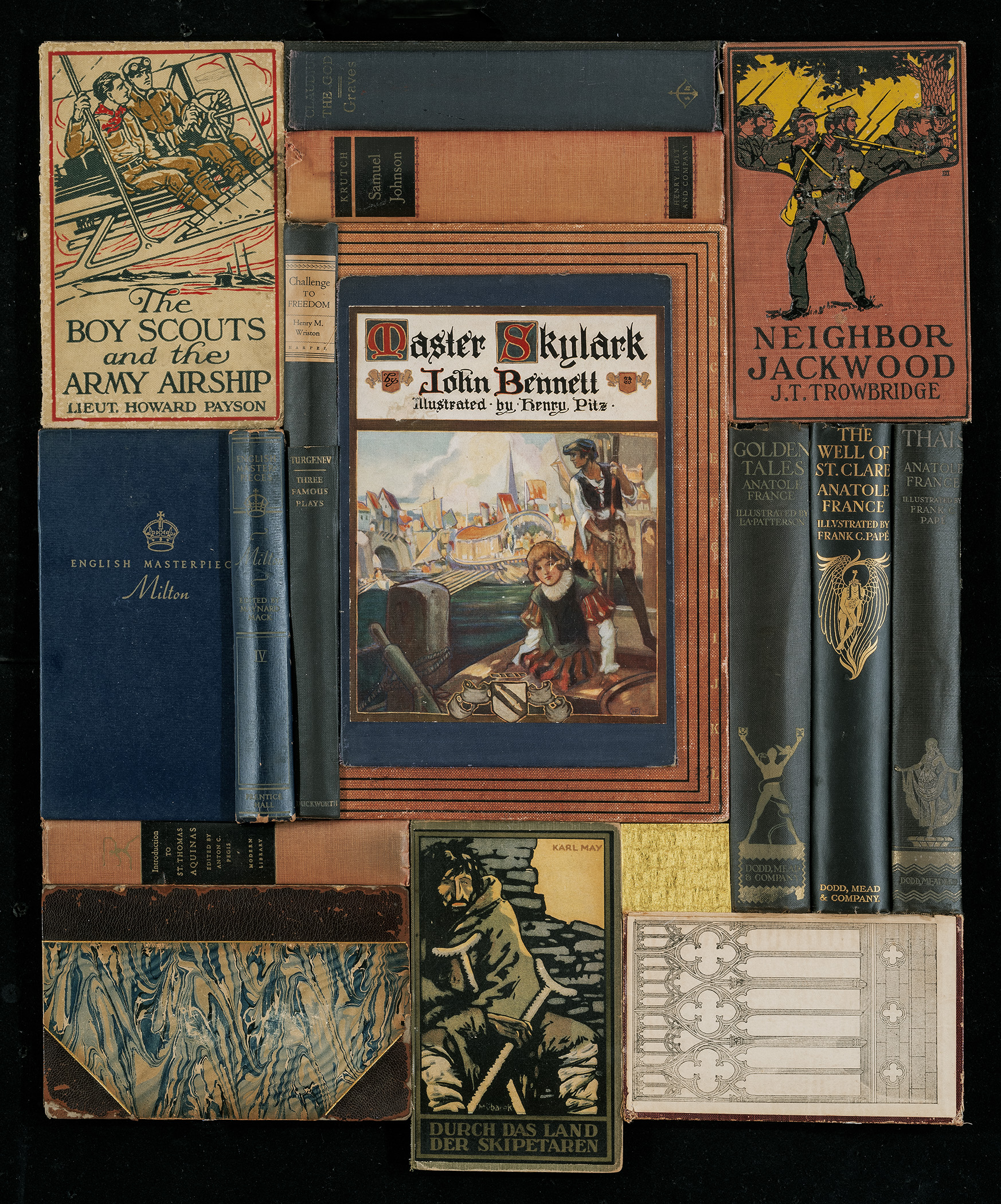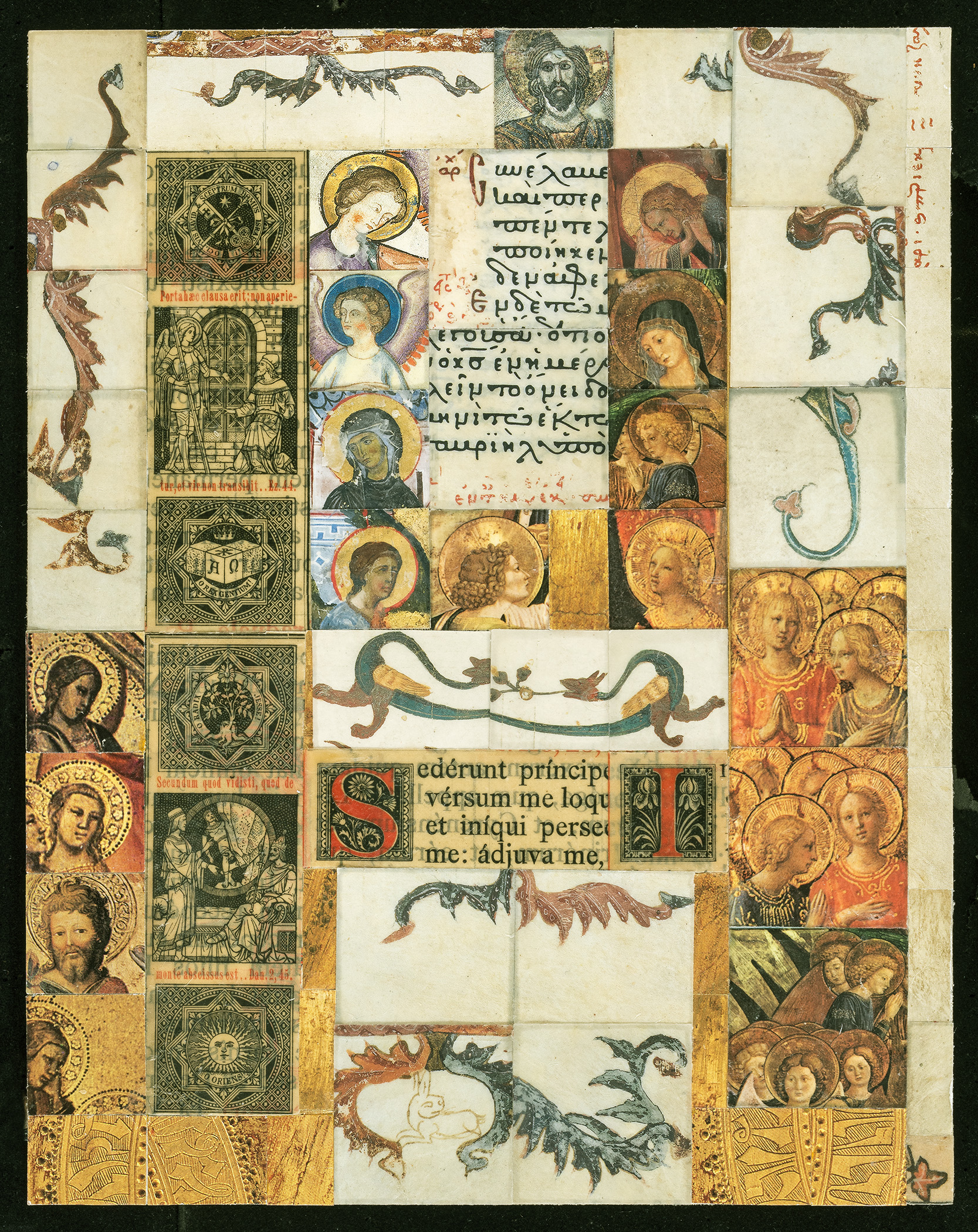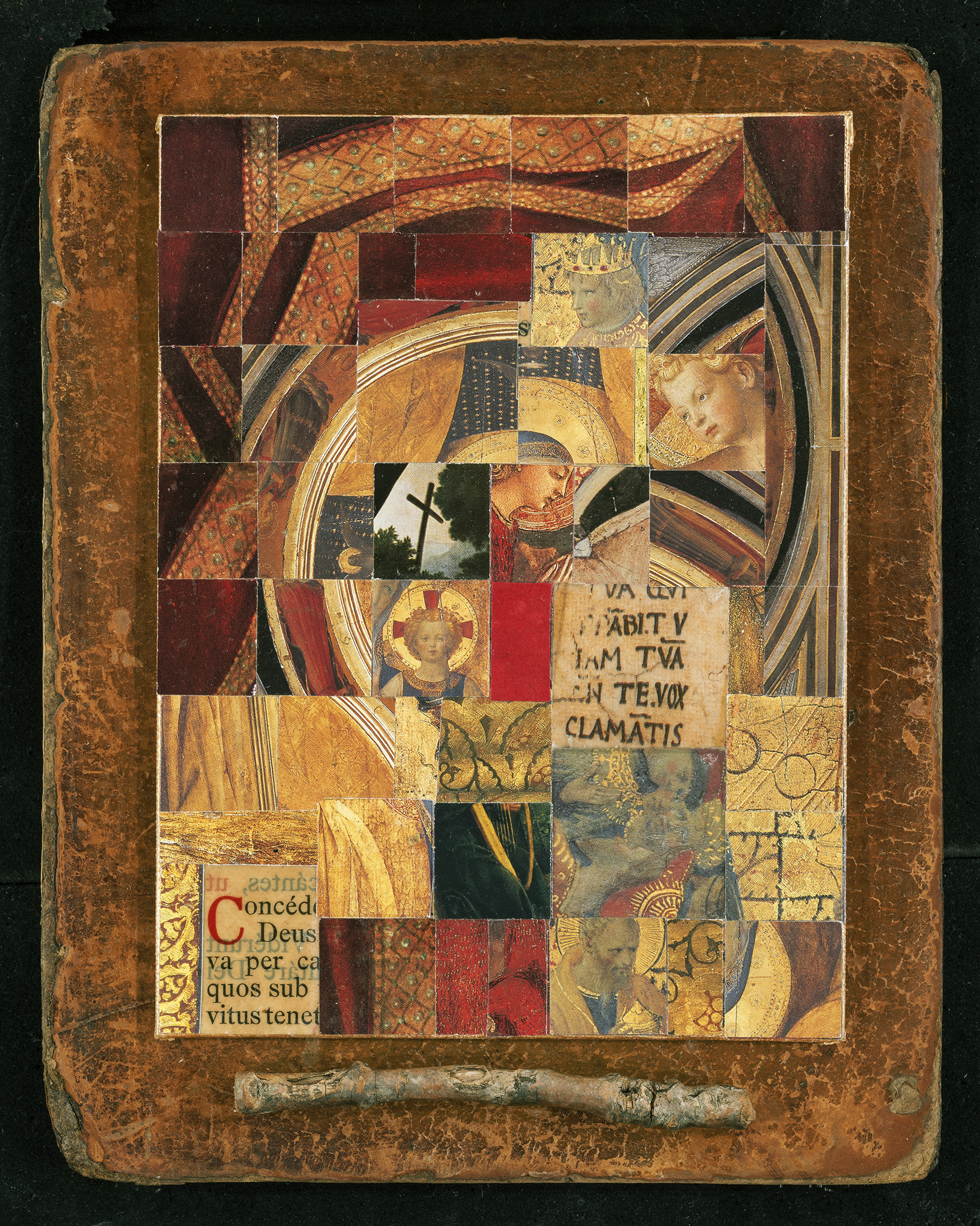Expect artists to be among the first to apply for a guaranteed annual income. The arts are a useful pretext for the universal basic income initiatives slouching toward us. California, predictably, is in the lead.
The Yerba Buena Center for the Arts explains that artists are “essential drivers of economic well-being.” This is debatable. It is also not the same as saying that the arts are essential in themselves. But let’s not quibble just yet. On the YBCA website, Mayor London Breed explains the rationale for San Francisco’s monthly stipend to artists:
The arts are truly critical to our local economy and are an essential part of our long-term recovery [from COVID restrictions]. If we help the arts recover, the arts will help San Francisco recover. This new program is an innovative effort to help our creative sector get through this challenging time, and come back stronger and more resilient that before.
Unless San Fran’s “creative sector” is exceedingly tiny, the stipend ($1,000 a month for six months) to 130 eligible artists will leave the great bulk of the sector doodling graffiti on walls in the Tenderloin or skateboarding down Telegraph Hill for tips. It barely approaches the cost of materials for working painters and sculptors. And it does not put a dent in Bay Area costs of living that, in 2017, were estimated to hover around $110,000. a year. Add to that the price of studio and storage space for that sector of the arts that makes things.
Numbers suggest that the yardstick for eligibility has little to do with the demands of artmaking. Very few artists are able to live by their art alone. Most of today’s artists are MFA graduates who support themselves teaching, tutoring, or working the grant circuit. Many are employed in a host of other capacities. Like non-artists, a good number support themselves in the gig economy. Overall, the impact of COVID on the lives of artists pretty much parallels that of non-artists.

Equity, Not Art, Is The Objective
No matter. This is really not about the arts. Language is telling: “. . . . artists, cultural workers, and makers, particularly those from marginalized communities, have faced the most disparaging financial impacts resulting from the COVID-19 pandemic.” Sympathy comes from the Office of Racial Equity at the San Francisco Human Rights Committee.
The arts are a stalking horse for more ambitious welfare programs. Mayors for a Guaranteed Income, a coalition of some 41 mayors around the country, revives an anti-poverty proposal endorsed by Martin Luther King, Jr. at a Senate hearing in 1966: “I am now convinced that the simplest approach will prove to be the most revolutionary—the guaranteed annual income.” They make no bones about equity, distinct from equality under the law, as the goal.
A guaranteed income is a monthly, cash payment given directly to individuals. It is unconditional, with no strings attached and no work requirements. A guaranteed income is meant to supplement, rather than replace, the existing social safety net and can be a tool for racial and gender equity.

W. H. Auden On Art’s Illusions
The artist, the man who makes, is less important to mankind, to good and evil, than the apostle, the man with a message. Without a religion, a philosophy, a code of behavior, call it what you will, men cannot live at all. What they believe may be absurd or revolting but they have to believe something. On the other hand, however much the arts may mean to us, it is possible to imagine our lives without them.
It is the last phrase of that quotation that holds me. It is a caution against the kind of inflated claims made for art, and for presumed causal links between art and the moral order. Much misleading fustion has come from the National Endowment for the Arts. The 1997 report Creative America, produced by the President’s Committee on the Arts and the Humanities stresses, among other advantages, the “many communication, thinking, and management skills [that] are enhanced by the arts . . . .” The beneficial powers of the arts are believed to extend outward to other areas of life.
Not long after, the National Endowment for the Arts asserted that “the arts enhance the study of other areas of the basic curriculum. The arts enhance the study of other areas of the basic curriculum. . . . The arts offer skills that will be useful as we move further into the Information Age.” And my very favorite laurel: “The arts contribute to family unity and growth.”

To The Poet Belongs The Last Word
Did the National Endowment lack prescience? We are now more than a quarter century deeper into the thickets of the Information Age. The arts have adjusted to the terrain by appointing themselves distributors of as much misinformation and attitudinizing from mainstream media as needed to draw audiences. And the family is in even greater need of support than it was in the 1990s.
Auden’s art was literary, an engaged poetic cosmos. Still, the lifeblood of his “At the Grave of Henry James” (1941) applies across the spectrum of the arts:
All will be judged. Master
of nuance and scruple,
Pray for me and for all
writers, living or dead:
Because there are
many whose works
Are in better taste than
their lives, because there
is no end
To the vanity of our calling,
make intercession
For the treason of all
clerks.


